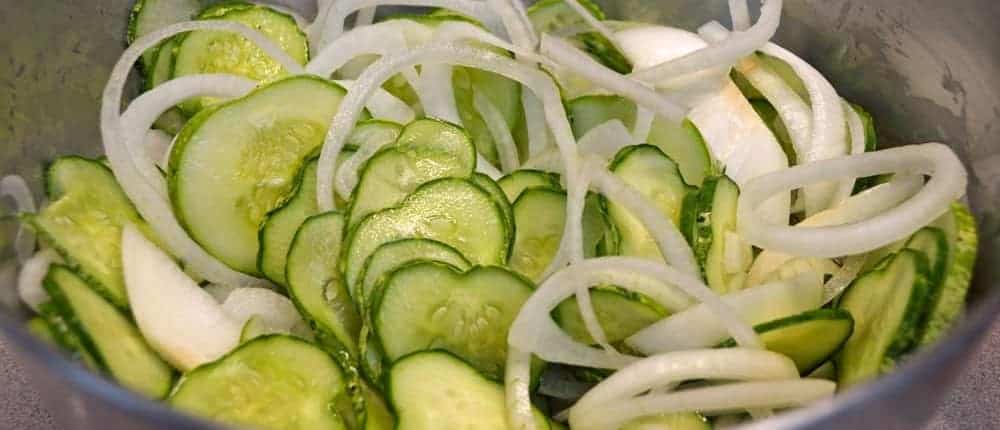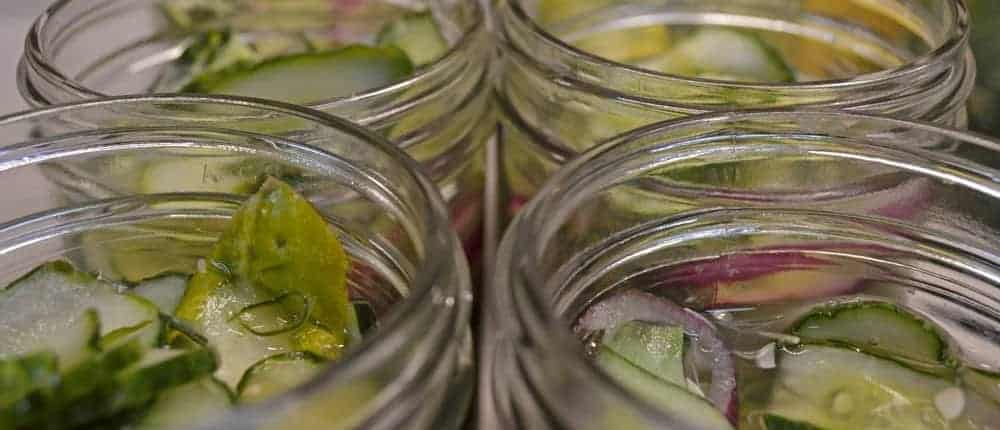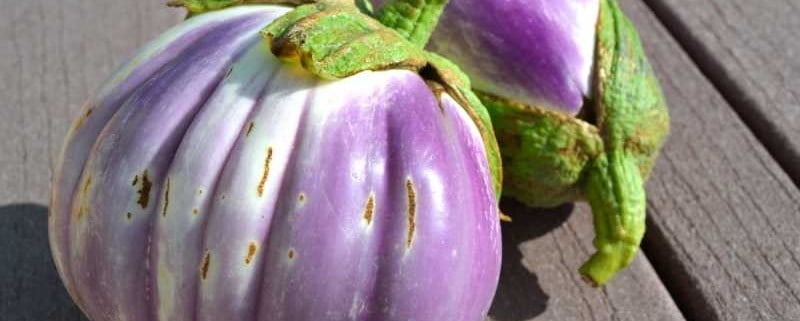It has been cold here, much colder than in the past several years, so I’ve been making some great cold weather dinners. Onion soup is one of the classic cold weather dishes- rich and hearty in flavor and aroma. We bought a cazuela at The Spanish Table in Sante Fe this past September, and I love cooking with it. You can use it over a direct, but low, flame on the stove-top. This saves the time of soaking the clay pot, loading it with the ingredients, putting it into a cold oven and then turning it on. The warm up time of the oven greatly increases the cooking time, as the clay pot needs to come up to temperature slowly to avoid cracking. Not so with the new cazuela! It is glazed and has been high fired, so is ready for action. I’ve done several pots of slow cooked beans that are heavenly, as well as some other soups and stews. Today is about the onion soups, though…
For several years now I have faithfully cooked the French Onion Soup recipe from the Le Cordon Bleu Home Collection cookbook, and as you would expect, the results are fabulous. It does take some time and preparation, but the results are wonderful. If you have any desire to learn even a small part of the French traditional cooking, and the techniques and reasons behind the techniques- get this cookbook!
This time, I didn’t have quite all of the ingredients or the time or maybe the inclination to spend over an hour at the stove. So I started looking for a good but tasty alternative to the hallowed French Onion Soup.
And found it in a Southwestern recipe from the Roaring Fork restaurant in Scottsdale, AZ. The premise of the restaurant is “Upscale Campfire Cooking”. In Scottsdale.
The thing that I like is that most of the cooking is done in cast iron. Wonderful stuff, lasts forever and if seasoned correctly can cook anything. I tried it, with some modifications that I’ll share, along with the original recipe so you can make both and see for yourself which you like best. Both are great, with different flavors and different approaches.
Here goes-
French Onion Soup from Le Cordon Bleu Home Collection cookbook.
3 Tbs unsalted butter
1 small red onion, thinly sliced- Rossa de Milano is perfect here
3 white onions, thinly sliced
1 clove garlic, finely chopped
3 Tbs all purpose flour
3/4 cup white wine
6 cups brown stock- (I used Better Than Bouillon– beef flavor.)
1 bouquet garni- (Leek outer wrapper, bay leaf, sprig of thyme, celery leaves, few stems of fresh parsley tied together)
1 Tbs Sherry
12 thick slices French baguette
1 1/2 cups finely grated Gruyere cheese
Melt the butter in a large heavy bottomed saucepan over medium heat. Add the onions and cook for about 20 minutes, stirring often, until caramelized and dark golden brown. This is the most important step, as the color of the onions at this stage will determine the color and the ultimate flavor of the final soup!
Stir in the garlic and flour and cook, stirring constantly for 1-2 minutes.
Add the white wine and stir the mixture until the flour has blended in smoothly. Bring to a boil slowly, stirring constantly. Whisk or briskly stir in the stock, add the bouquet garni and season to taste with salt and freshly ground black pepper. simmer gently for 30 minutes, then skim the surface of any excess fat if necessary. Add the sherry to the soup and adjust seasonings to taste.
To make the croutes, toast the French baguette slices until dry and golden on both sides.
Ladle the soup into warm flame proof bowls and float a few croutes on top. Sprinkle the top of each bowl with Gruyere cheese, place under preheated broiler until cheese melts and turns golden brown. Serve immediately.
Serves 6 as a first course. Double ingredients for main course.
The first thing I would say is to use heirloom, locally grown onions and garlic, as the flavor will be exponentially better- fresher, deeper and with more dimension than onions and garlic that have been grown and shipped halfway across the country, having sat for who knows how long before you bought them. Don’t believe me? Please try it both ways, and let me know!
You will be sold on the first bite of the local soup…
If you haven’t ever tasted truly hand made from scratch French Onion Soup, you are in for a taste treat. It is heavenly on a cold winter’s evening with some fresh made bread and butter on the side, with a glass of wine.
Very satisfying.
Worth the time to make it.
Shiner Bock Onion Soup from The Roaring Fork restaurant, Scottsdale AZ
3/4 cup chopped bacon- smoked is better, imparts a depth to the overall flavor
6 cups finely sliced yellow onions- Walla Walla or Sweet Spanish Utah are great
1 Tsp minced garlic- a robust flavor will stand up to the chiles and beer
1 Tbs finely chopped serrano chile- optional. I used 1 chopped Chipotle en Adobo chile; great flavor and smokieness
3 Tbs butter
1/4 cup flour
1 12 oz bottle of Shiner Bock or light microbrew ale
4 cups veal or chicken stock- again I use Better Than Boullion- chicken flavor
Salt and fresh ground black pepper to taste
Pinch of cayenne pepper
Cook the bacon until crisp in medium hot cast iron pot or heavy deep saucepan. Reduce heat to medium low, add onions, stir well and cover. Cook for 10-12 minutes then add garlic, chile and butter. Stir until onions begin to caramelize, about 10 minutes.
Add flour, stir to thicken and do not allow to stick to bottom of pan/pot. Once flour has blended in, add beer and stir to completely mix in. Increase heat, slowly bring to a boil and add stock. Return to a boil, then reduce heat to low and simmer the soup for 5-10 minutes.
Season to taste with salt and pepper, simmering until the beer has smoothed out and incorporated with other flavors- about 10-15 minutes. Soup should just be starting to thicken. Add pinch of cayenne, stir in well.
Ladle into warm soup bowls and serve immediately.
The flavor of this is completely different, but incredibly delicious. It is easier to make and do something else in the kitchen, as you are not over the pot for most of the time. I used a Chipotle en adobo chile, chopped fine and added some extra adobo for the smoky flavor and it was a great addition. A smoked bacon adds a lot of flavor as well. I doubled the garlic, as it roasts in the onion mixture and mellows its flavor.
Again, a locally grown garlic and onion will make all the difference in the world with both of these soups.
I’m hesitant to experiment too much with the French Onion Soup, as it is an established classic, and also the flavor is so definite and distinct that to start to change it might result in something less than where we started. The Shiner Bock Onion Soup I will most definitely experiment with, as the flavor is wonderful, but almost begs to be taken in a new direction, as the flavor is bold and new.
I could see adding some purple or fingerling potatoes to the mix at the point where the stock is added and brought back to a boil. The texture of the purple potatoes will thicken the soup, as they will cook into it quickly, while the flavor will add a completely new dimension. Fingerlings won’t cook into the soup nearly as much, but will add a nutty creaminess that I think would be amazing. The combination of bacon, onions and really flavorful potatoes would make this pretty much a one dish winter meal with some fresh hearty sourdough bread, butter and a dark beer.
So there you have it, a trans continental journey with the simple ingredients of onions. The flavors are almost as distant from each other, yet perfectly wonderful in each separate way.
Please try these and let me know what you think!


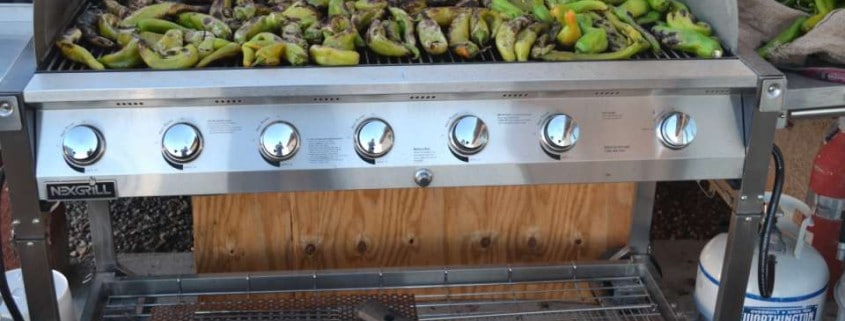

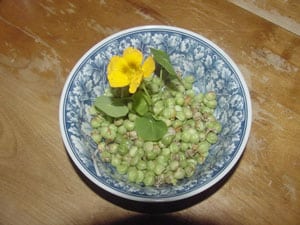
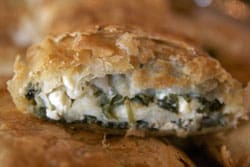

 © 2024 Terroir Seeds | Underwood Gardens
© 2024 Terroir Seeds | Underwood Gardens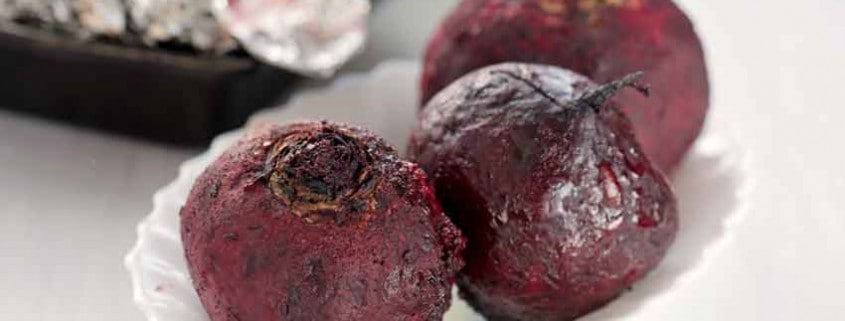
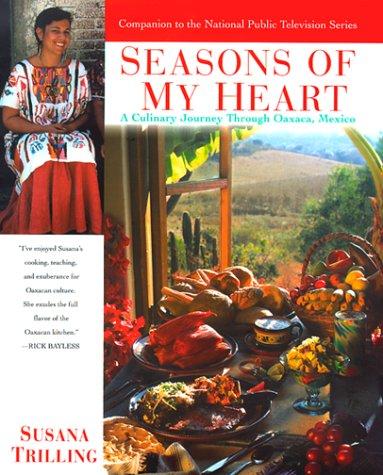
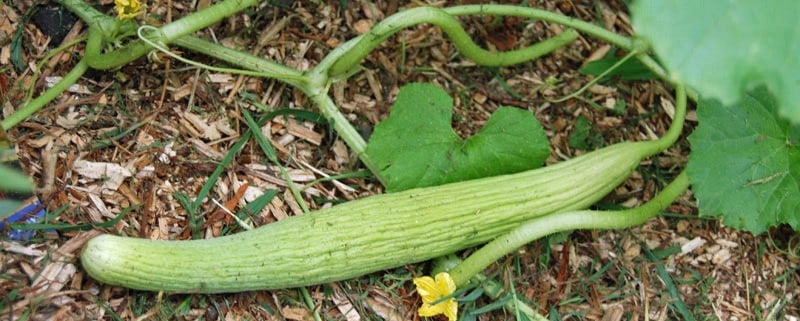

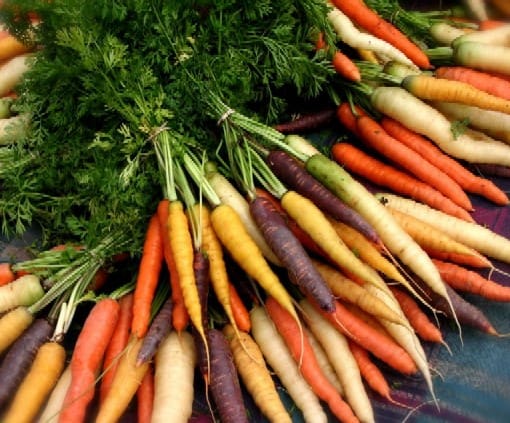

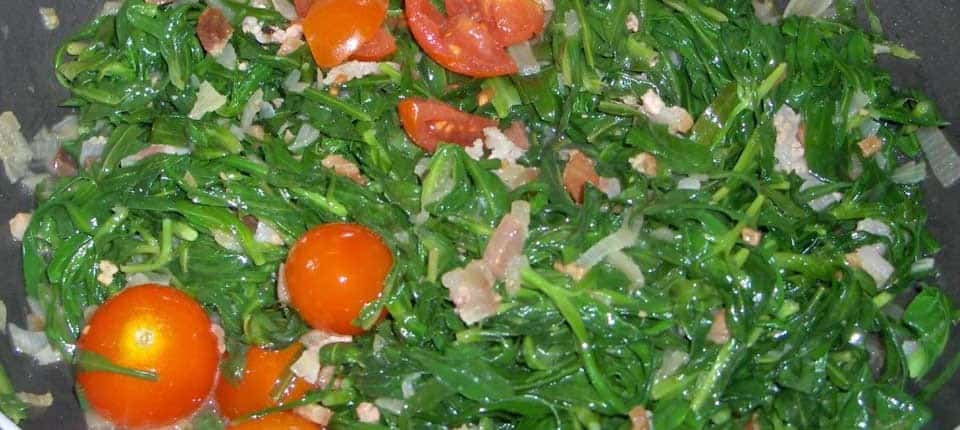
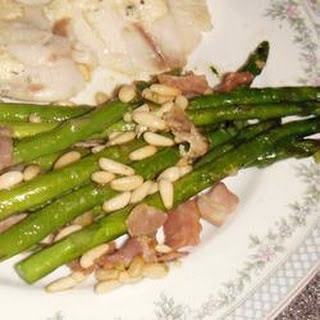





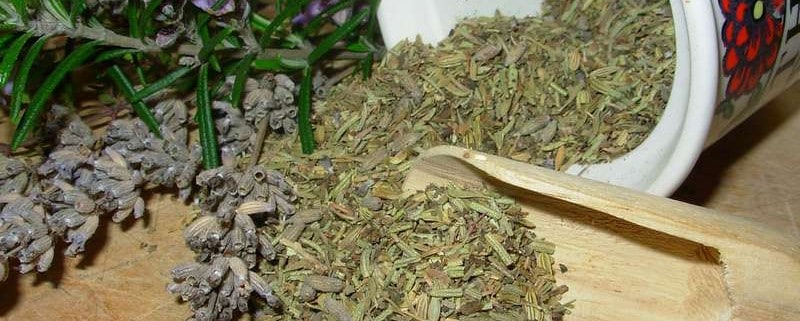
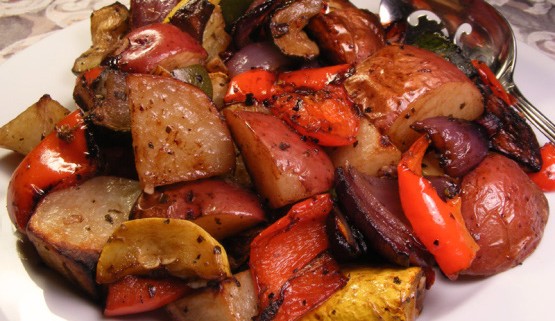


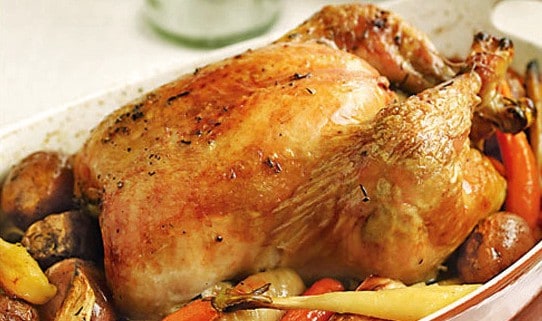



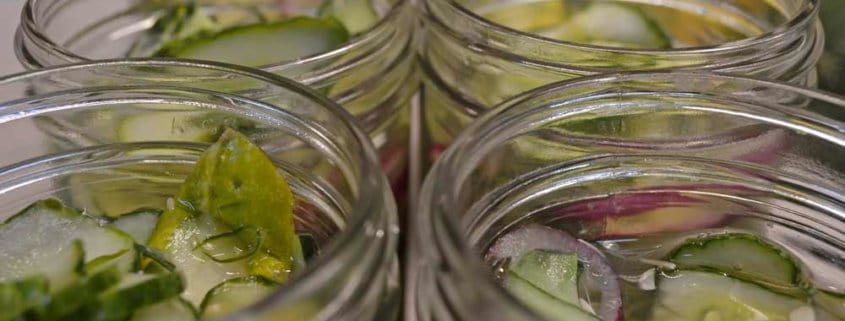 2018 Terroir Seeds | Underwood Gardens
2018 Terroir Seeds | Underwood Gardens